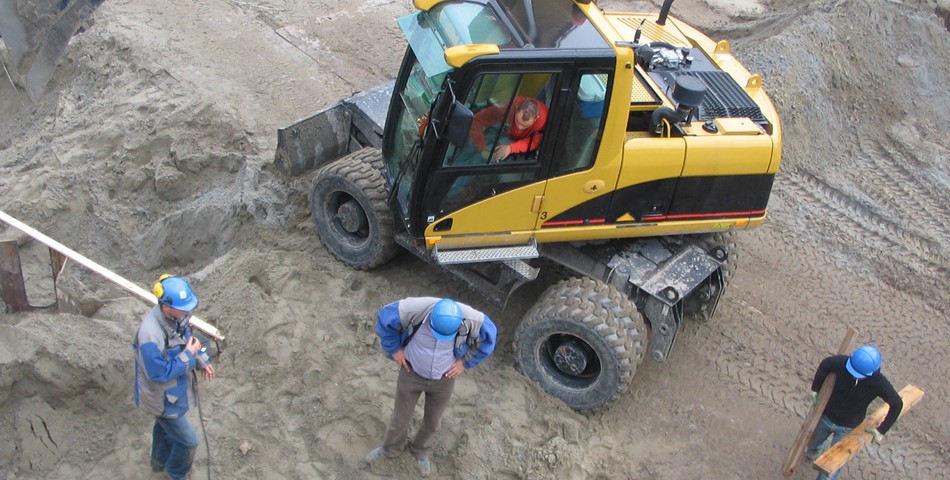The construction industry is witnessing a growing trend towards electric-powered equipment, driven by the potential for long-term environmental and economic benefits. However, this transition presents significant challenges, particularly for larger, more powerful machinery.
Categorizing Electrification Challenges
Industry experts categorize the electrification process based on equipment size and complexity. Smaller equipment, referred to as "mice," are readily adaptable due to lower power demands. Conversely, larger equipment, dubbed "elephants," pose more substantial technical and economic hurdles due to their higher power requirements.
Urban Trials: Exploring Feasibility
A recent trial by Skanska in Los Angeles utilized an electric excavator, demonstrating the potential of leveraging existing urban power grids for electric construction equipment. However, the success of this approach hinges on the local power grid's sustainability, which varies significantly across regions. While not a universal solution, this trial highlights the potential for urban environments, with their developed infrastructure, to lead the adoption of electric construction equipment.
Cost Considerations: A Hurdle to Overcome
A significant challenge lies in the economic feasibility of electrifying heavy machinery. The initial investment is considerably higher due to the substantial cost of batteries for such equipment compared to those used in personal electric vehicles. This factor, as highlighted by Schneider Electric, extends the payback period for companies, despite potential long-term savings on fuel and maintenance.
Gradual Shift Towards Sustainability
Industry experts like Schneider believe the transition will accelerate as battery and related technology costs decrease. The construction industry's focus on cost-efficiency suggests that any reduction in the total cost of ownership will be a significant driver of adoption. Additionally, the expanding personal electric vehicle market is expected to have a positive spillover effect, potentially leading to increased battery production and lower costs for the construction sector.
The path towards fully electric construction sites is complex, demanding continued investment and innovation to overcome the existing challenges. However, the potential environmental and economic benefits present a compelling case for continued progress in this transformative endeavor. As technology advances and the economic landscape evolves, the construction industry can anticipate a significant shift towards a more sustainable future with reduced reliance on traditional fuel-powered machinery.
By Rafia Tasleem














